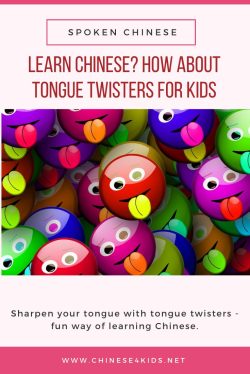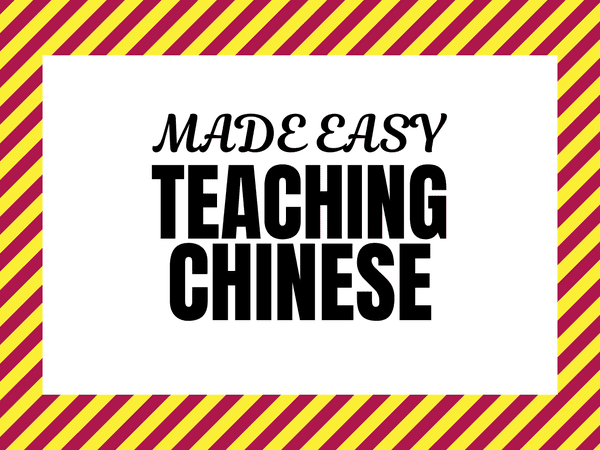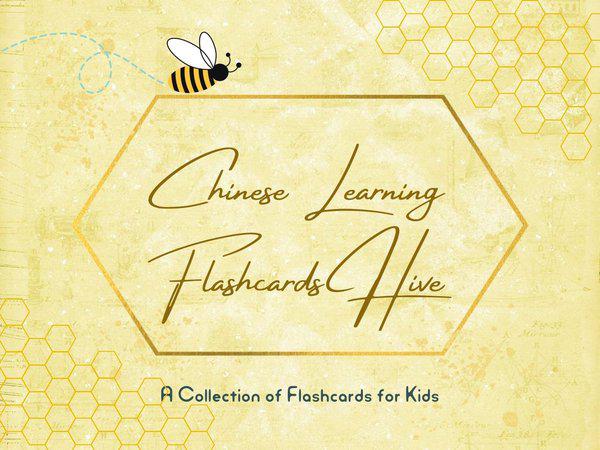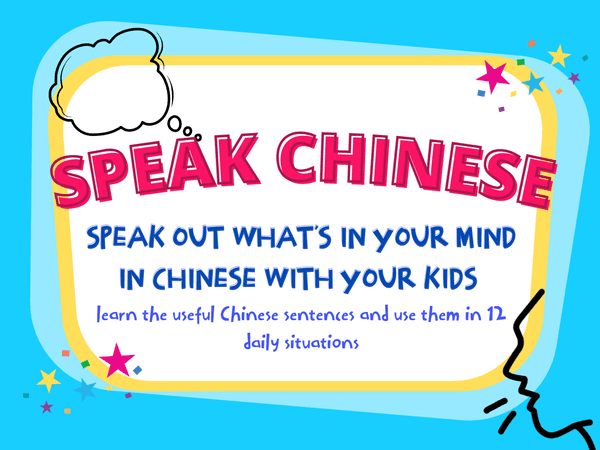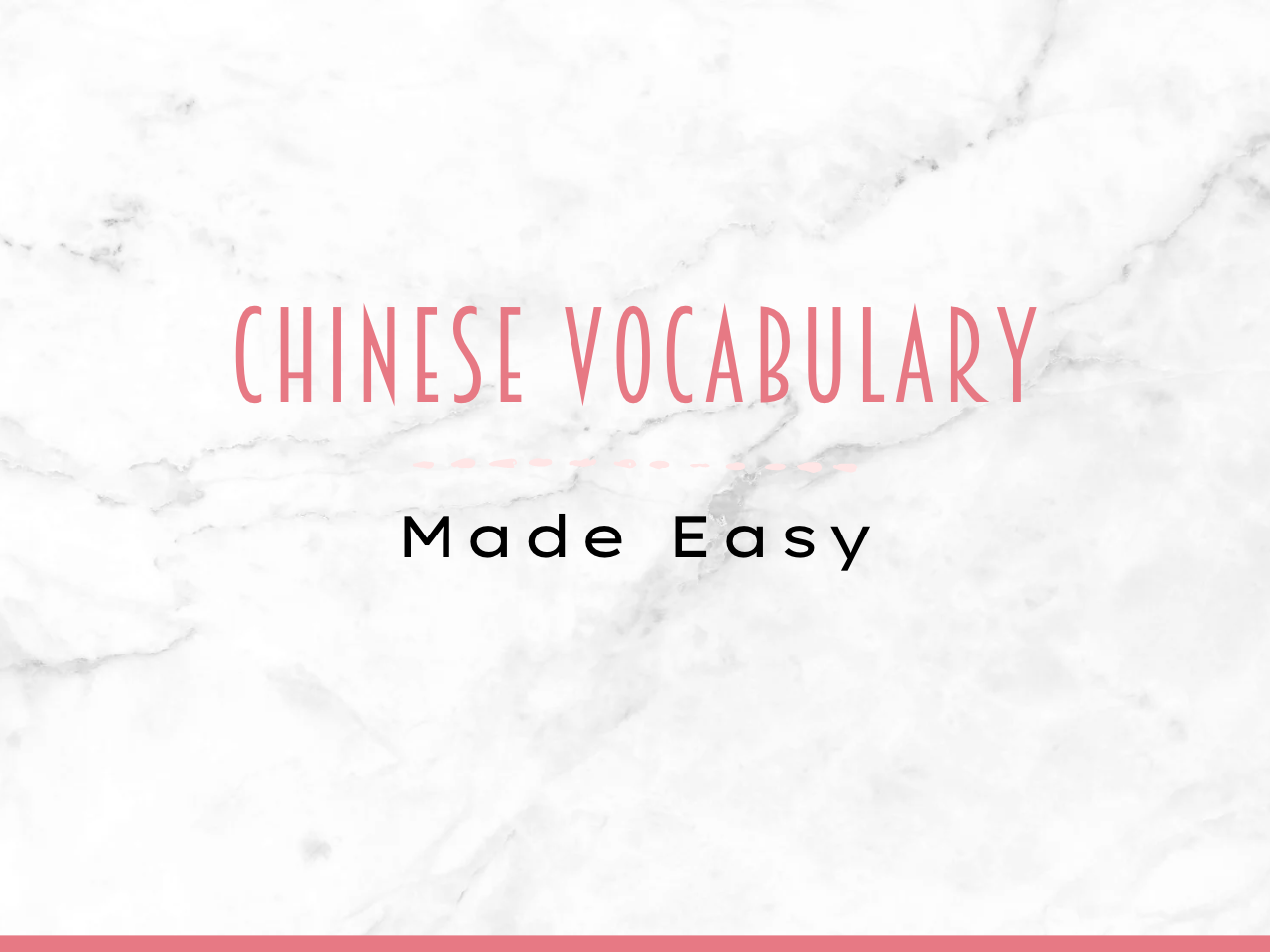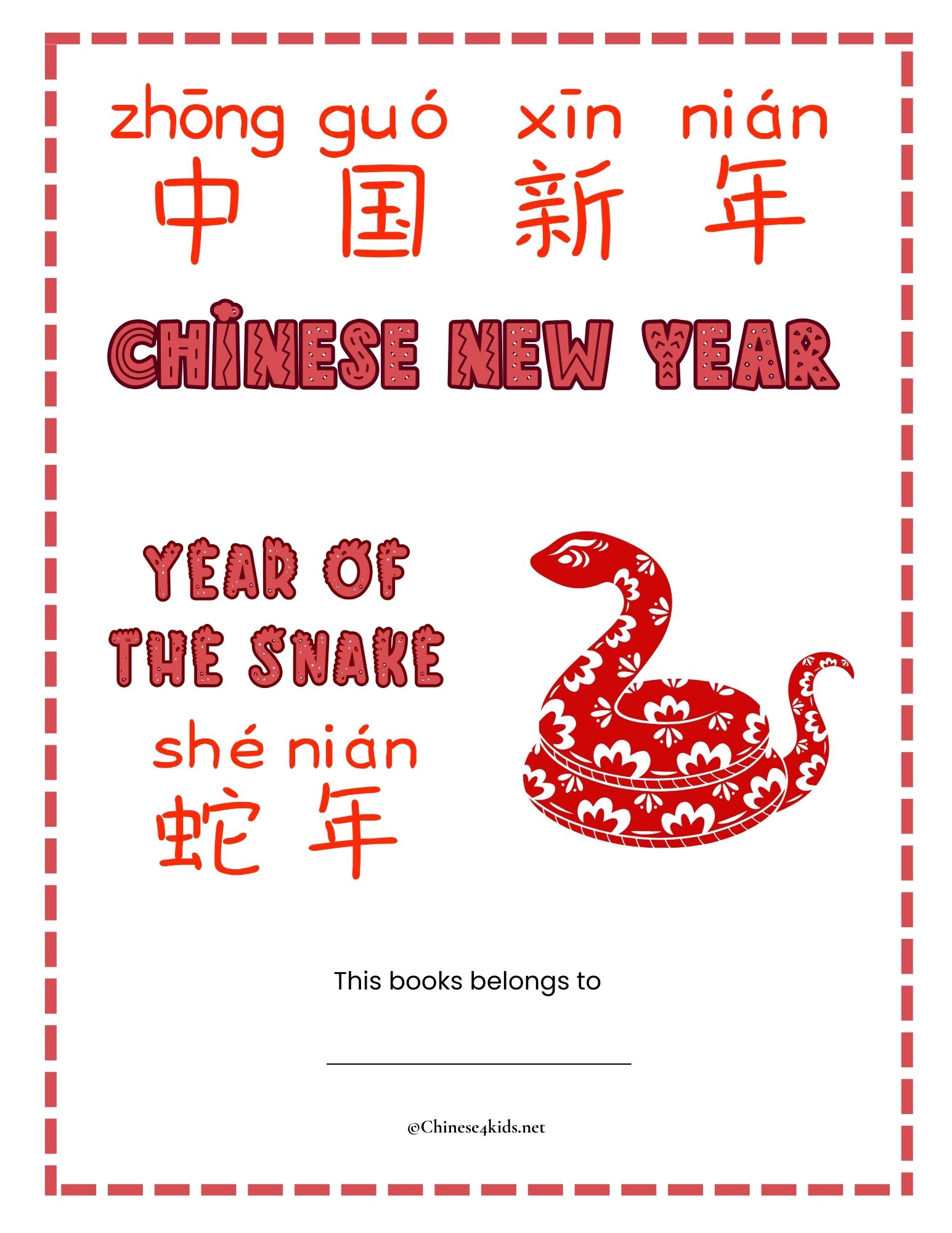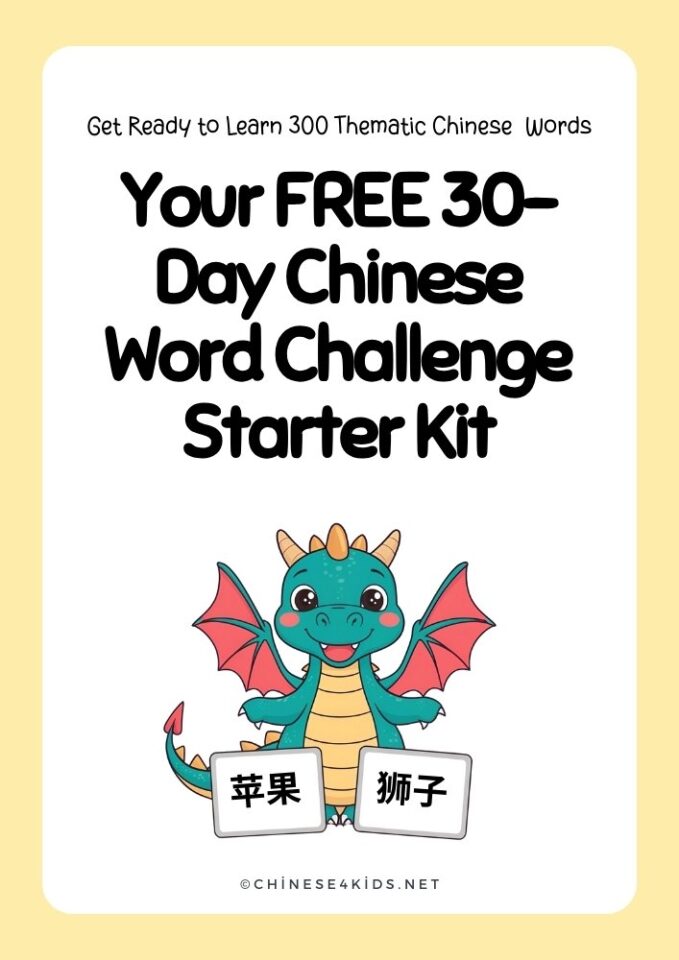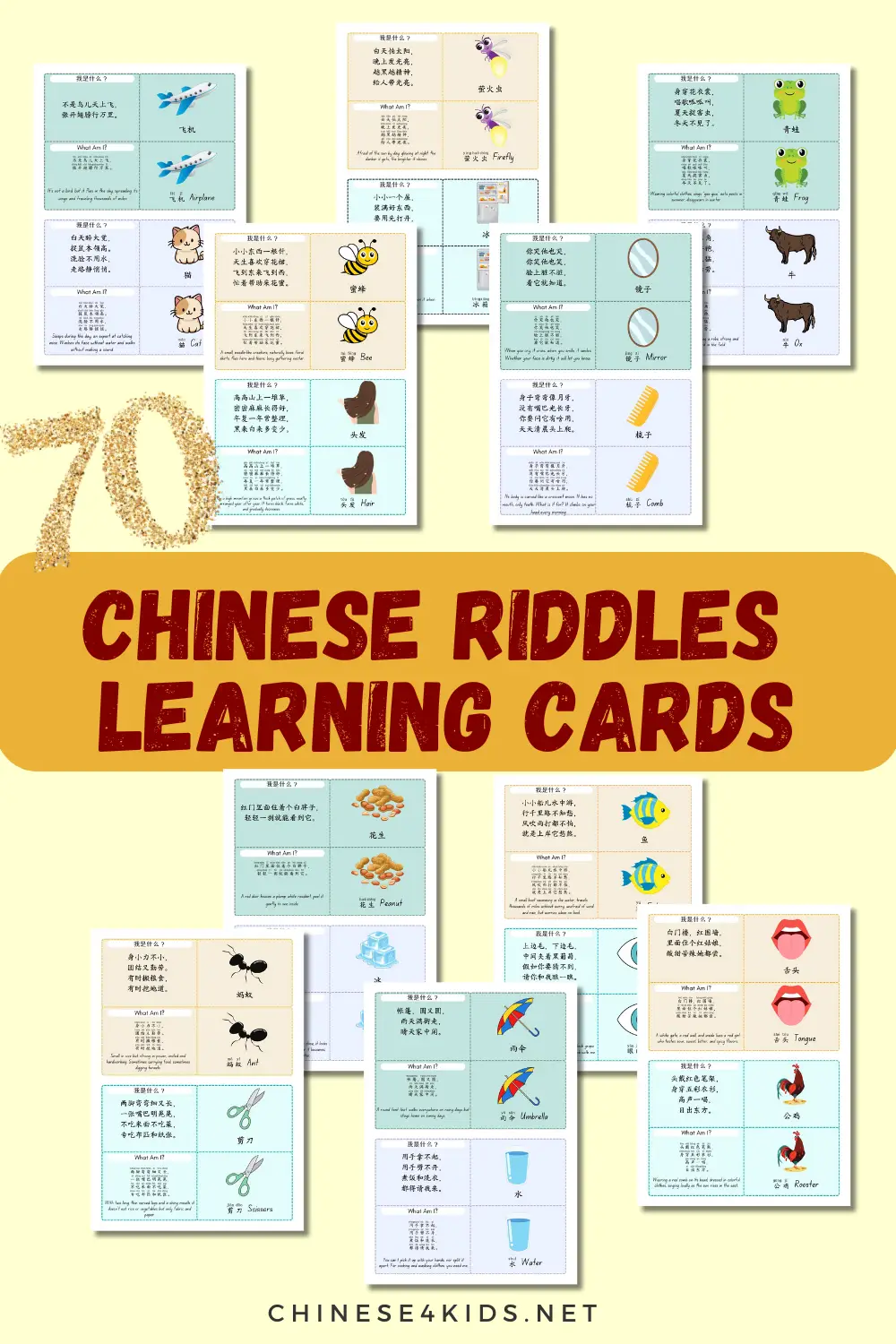
Home » Chinese language practice » Chinese Tongue Twisters for Children
Chinese Tongue Twisters for Children
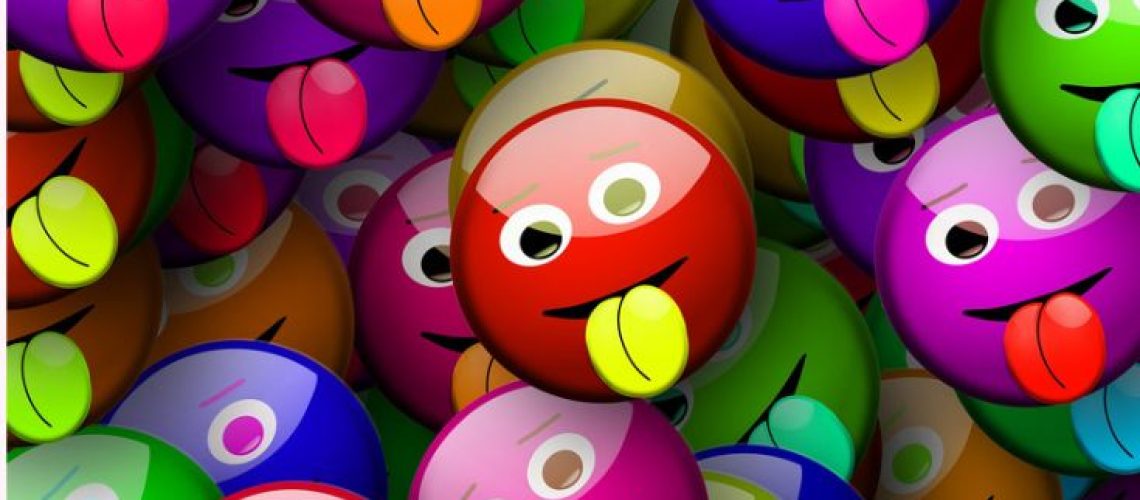
You know the famous English tongue twister “She sells seashells on the seashore”, right? Try to read it several times, how do you feel?
TONGUE TWISTER HELPS IN LANGUAGE LEARNING
A very good way of learning a language is via tongue twisters. Tongue twisters can really train the tongues to twist to make the right sound. Tongue twisters are called 绕口令 (ràokǒulìng) in Chinese. Chinese tongue twisters are a bit harder than English ones: to pronounce the right tongue twisters, a person does not only need to make the pronunciation right, he has to make the tones right! But the fun is the same!
SOME CHINESE TONGUE TWISTERS FOR KIDS
Let’s try some Chinese tongue twisters for children:
1. 妈妈骑马, 马慢妈妈骂马
Mā mā qí mǎ, mǎ màn, mā mā mà mǎ.
Translation: Mother rides a horse. The horse moves slowly. Mother chides the horse.
2. 吃葡萄不吐葡萄皮, 不吃葡萄倒吐葡萄皮 。
Chī pú táo bù tǔ pú táo pí, bù chī pú táo dào tǔ pú táo pí
Translation: Eat grapes without spitting out the skin of the grape; eat no grapes, but spit out the skin of the grapes. (quite silly, right?)
3. 四是四, 十是十, 十四是十四, 四十是四十 。
Sì shì sì, shí shì shí, shí sì shì shí sì, sì shí shì sì shí
Translation: Four is four, ten is ten, fourteen is fourteen, forty is forty.
4. 扁担长, 板凳宽, 扁担比板凳长, 板凳比扁担宽, 扁担绑在了板凳上, 板凳不让扁担绑在板凳上, 扁担非要绑在板凳上。
Biǎndan zhǎng, bǎndèng kuān, biǎndan bǐ bǎndèng zhǎng, bǎndèng bǐ biǎndan kuān, biǎndan bǎng zàile bǎndèng shàng, bǎndèng bù ràng biǎndan bǎng zài bǎndèng shàng, biǎndan fēi yào bǎng zài bǎndèng shàng.
Translation: The shoulder pole is long, the wooden bench is broad, the shoulder pole is longer than the wooden bench, the wooden bench is broader than the shoulder pole. The shoulder pole is tied on the wooden bench, the wooden bench doesn’t allow the shoulder pole to be tied on the wooden bench, the shoulder pole simply wants to be tied on the wooden bench.5. 知道就说知道, 不知道就说不知道, 不要知道说不知道, 也不要不知道说知道, 你知道不知道?
Zhīdào jiù shuō zhīdào, bù zhīdào jiù shuō bu zhīdào, bùyào zhīdào shuō bu zhīdào, yě bùyào bù zhīdào shuō zhīdào, nǐ zhīdào bù zhīdào?
Translation: If you know, say you know; if you don’t know, say you don’t know. Don’t say you know when you don’t know, and say you know when you don’t know. Do you know it or not?
WONDER WHERE TO LEARN MORE?
We have a playlist on our Youtube channel that features only tongue twisters for kids and beginning learners. Have a look.
HOW TO TEACH TONGUE TWISTERS
First of al, you need to remember, tongue twisters are fun, but they are often not so easy, especially for some children cannot pronounce certain sounds right. However, even the young child can say “妈妈骑马“. When a tongue twister is too long, it is a good idea to break it into bite size.
When teaching a tongue twister, discuss any words that are unfamiliar to the students. Make sure they understand what the tongue twister is trying to say. There is normally some logic rather than a combination of some random words.
Then ask the children to read first and note down any places which need attention. Afterwards you can ask the children to read aloud after you. Read slowly first and then increase the speed. Faster and faster!
Give the tongue twisters a try and you will learn them with laughter!
If you like this article, Pin it!
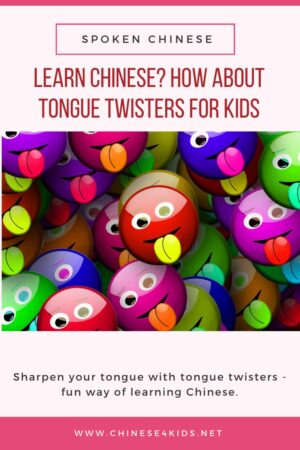
You May Also Be Interested:
- Chinese4kids Youtube Channel Tongue Twister Playlist
- Chinese4kids Membership – a portal for busy Chinese teachers and parents
- Chinese learning flashcards Hive – a flashcards library that with regular additions of new quality Chinese learning flashcards
- Chinese learning worksheets collection – Also a part of Chinese4kids membership, this collection is for teachers and parents who want to have access to engaging worksheets and activity sheets created for kids learning Mandarin Chinese as an additional language
- Speak Chinese with Kids Course
You May Also Be Interested:
- Chinese4kids Membership – a portal for busy Chinese teachers and parents
- Chinese learning flashcards Hive – a flashcards library that with regular additions of new quality Chinese learning flashcards
- Chinese learning worksheets collection – Also a part of Chinese4kids membership, this collection is for teachers and parents who want to have access to engaging worksheets and activity sheets created for kids learning Mandarin Chinese as an additional language
- Speak Chinese with Kids Course
- Chinese Vocabulary Made Easy Course
Recent Posts
Join Our Membership
Enroll to A Course
Buy An eBOOK
Our Posts
